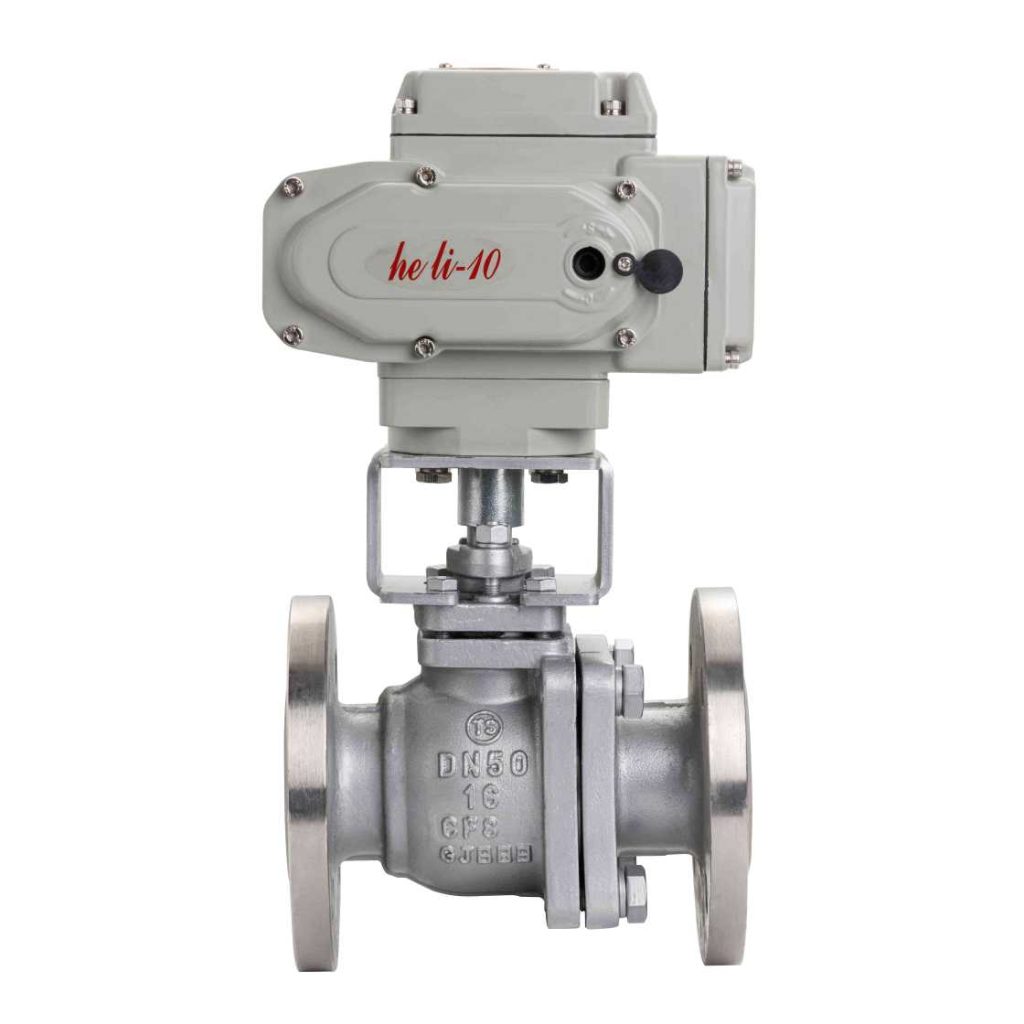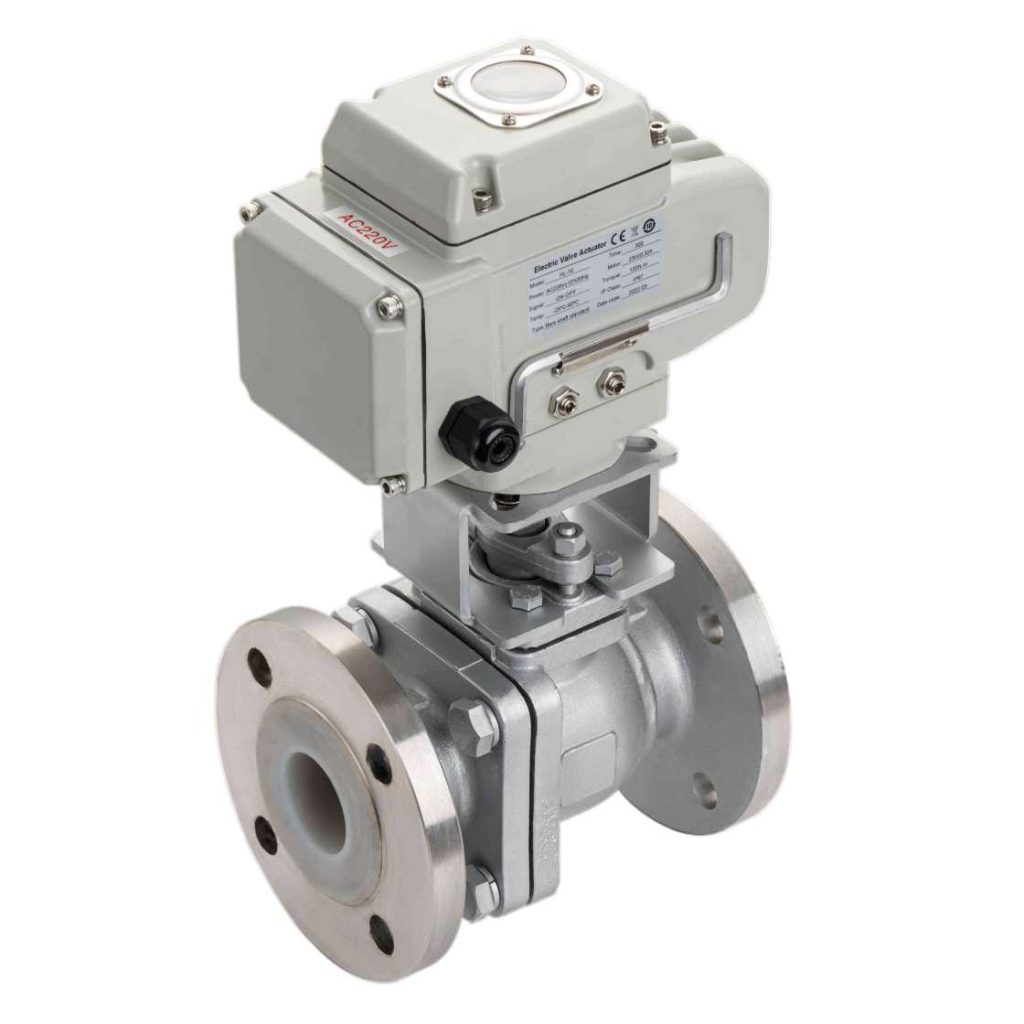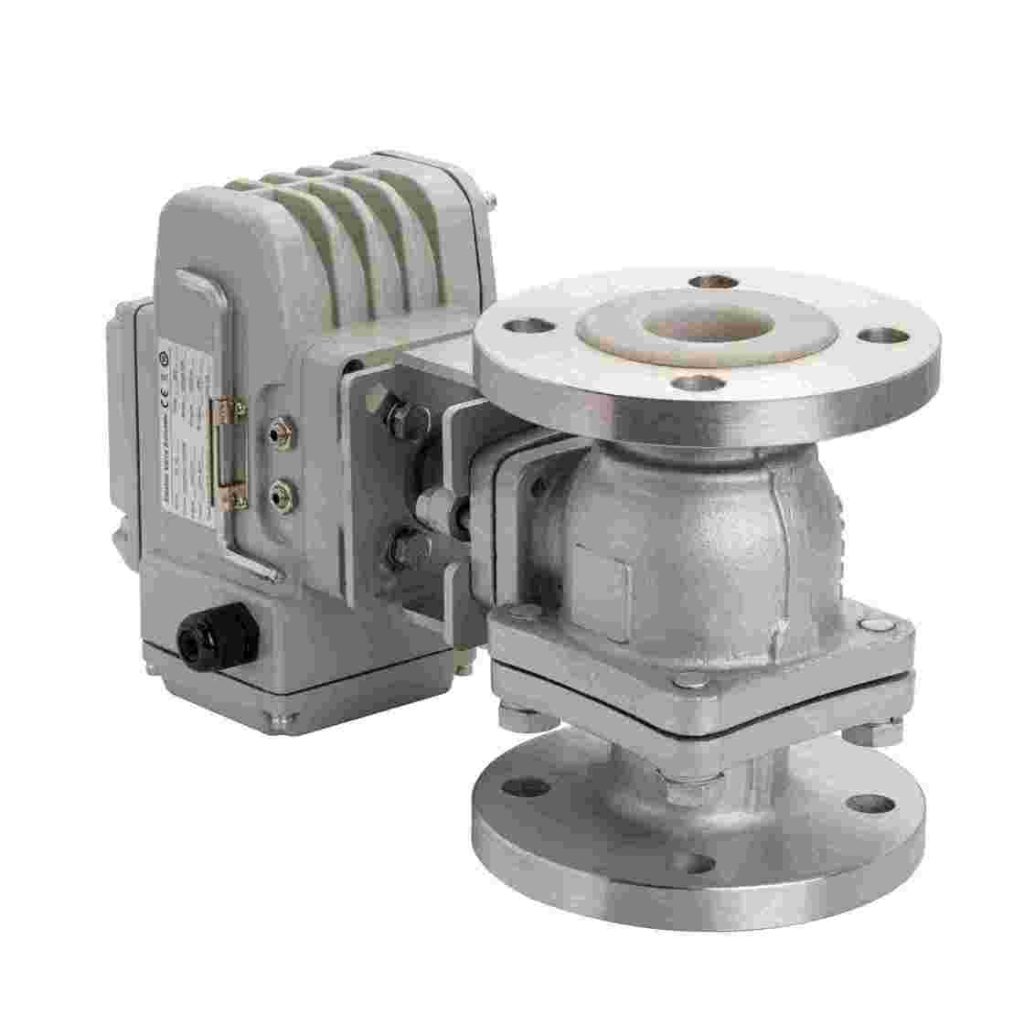The Electric Flange Ball Valve is an essential component in fluid control systems across various industries. It combines the proven design of a ball valve with the advanced capabilities of an electric actuator, making it a reliable choice for applications requiring precise flow regulation and remote control. This article explores the features, advantages, applications, and challenges of electric flange ball valves in modern industrial setups.

What is an Electric Flange Ball Valve?

At its core, an electric flange ball valve is a type of ball valve that operates using an electric actuator. The valve consists of a spherical ball with a hole in the middle, which controls the flow of fluids through the valve. When the valve is actuated, the ball rotates 90 degrees, allowing or blocking the flow of liquid or gas. The electric actuator is powered by electricity and can be controlled remotely or automatically, eliminating the need for manual operation. The term “flange” refers to the type of connection used for attaching the valve to the pipeline. Flanged connections offer robust sealing and easy installation, especially in systems that operate at high pressures and temperatures.
